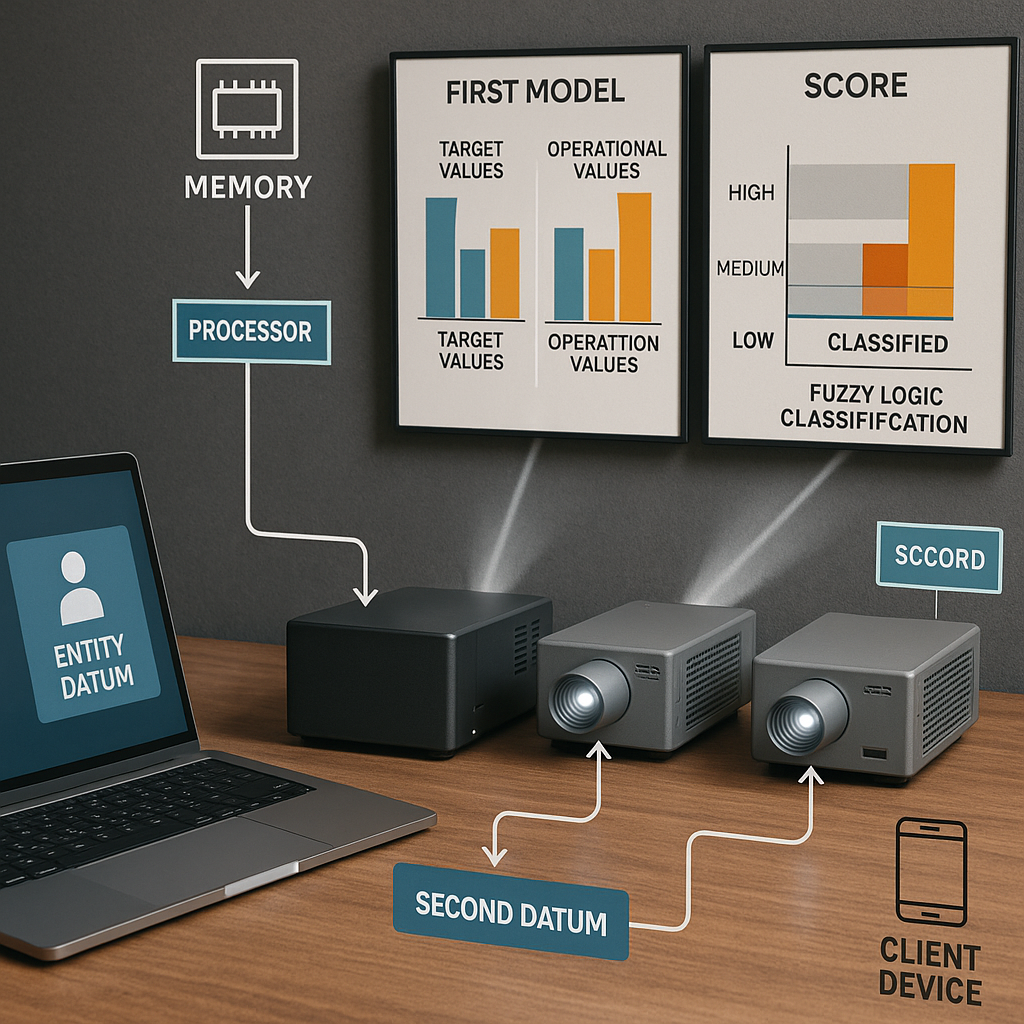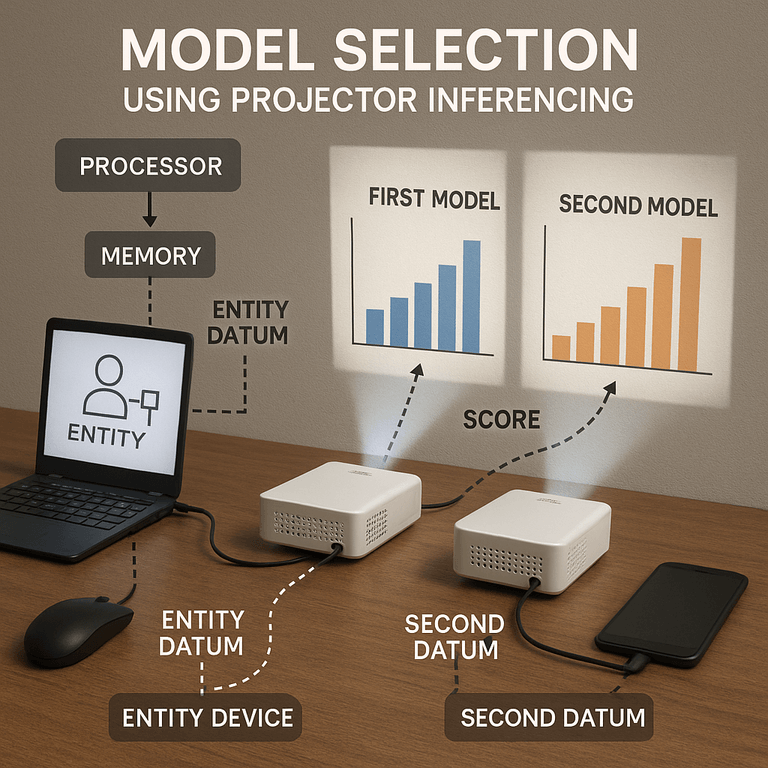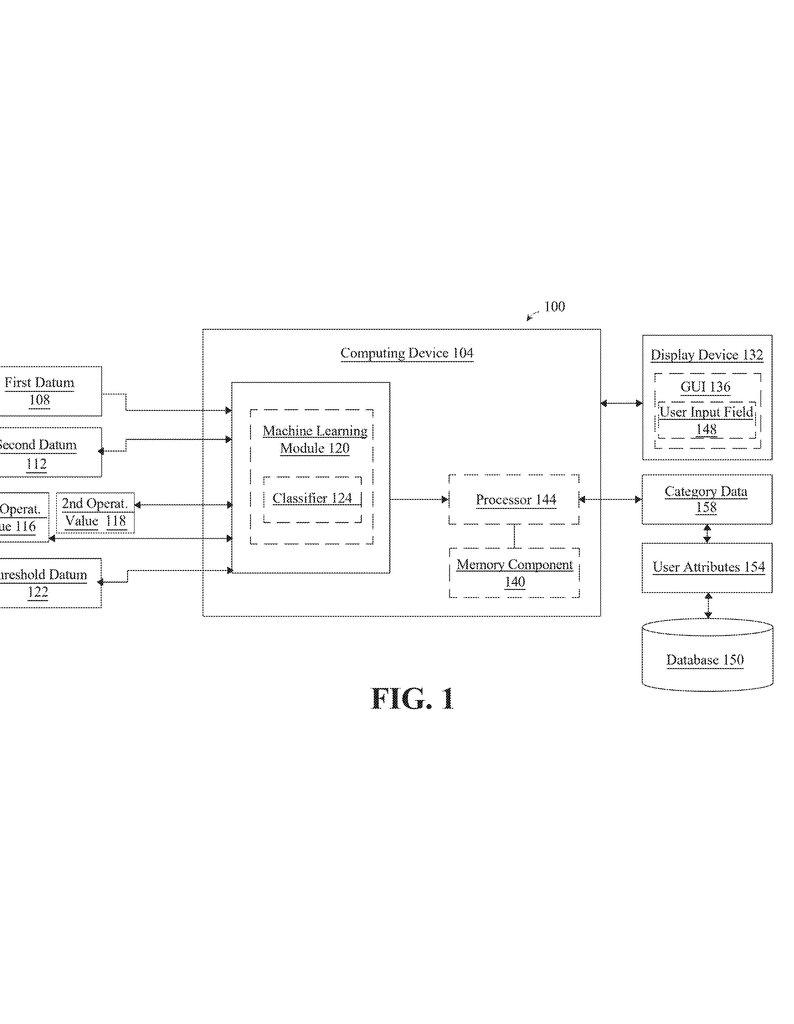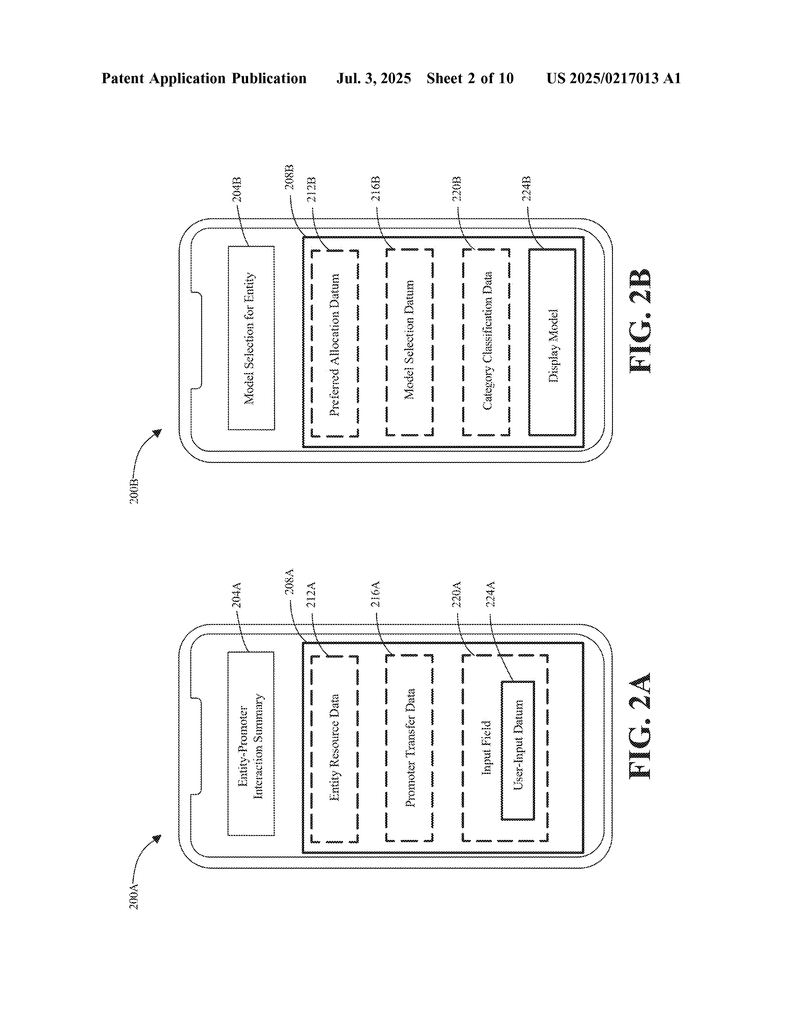Invented by Smith; Barbara Sue, Sullivan; Daniel J., The Strategic Coach Inc.
Welcome to a deep dive into a cutting-edge patent application for an apparatus and method that helps pick the best model using something called projector inferencing. If you work with artificial intelligence, big data, or need to make good decisions based on lots of information, this post is for you. We’ll break down the invention into simple ideas, so you can see how it fits into the bigger world, how it builds on science, and what is truly new about it.
Background and Market Context
Let’s start with why this invention matters. Today, almost every big company uses artificial intelligence (AI) and machine learning (ML) to help with decisions. Whether it’s banks deciding who gets a loan, stores planning what to put on shelves, or sports teams picking players, everyone is collecting data and trying to make the best choice. But there’s a problem: with so much data and so many ways to use it, picking the right way to look at your data (the right “model”) can be tough.
If you pick the wrong model, it’s like using the wrong map. You might not get where you want to go. Companies have built many tools for “model selection,” but these tools can be clunky, slow, or hard to use. More importantly, they often don’t tell you how uncertain the results are, or let you easily update things as you go.
Think of a business trying to figure out if they should run their marketing in-house or hire an outside agency. The data comes from many places: sales, website clicks, customer feedback, and more. The company wants to know: “Based on this data, which approach will give us better sales in six months?” This is where projector inferencing comes in.
The market for AI model selection is growing fast. Companies want to be more accurate, faster, and flexible. They want systems that can not just crunch the numbers, but also explain what’s going on, and let real people (not just computer experts) interact with the system to tweak things. This invention aims to fill that need by making model selection smarter, more interactive, and more reliable—even if the data is messy or incomplete.
In short, as businesses, researchers, and even governments rely more on AI, the need for easy-to-use, trustworthy decision tools is bigger than ever. This patent steps right into that space, offering a new way to help people and machines work together to pick the best model for any situation.
Scientific Rationale and Prior Art
To understand what’s new here, we need to look at the science behind model selection and projector inferencing.
In machine learning, a “model” is just a set of instructions that tells the computer how to make predictions or decisions based on data. Picking the right model is hard, especially when you have hundreds or even thousands of options. Scientists have come up with many ways to help pick models, such as cross-validation, Bayesian methods, and ensemble learning.
One approach, called Bayesian model selection, lets you compare models by looking at how likely the data is under each model, while also considering how confident you are in those models. Another, called projection predictive inference (or projector inferencing), lets you take a complicated model and project it onto a simpler space—like making a big, detailed map into a simpler, easier-to-read version. This helps you see what’s most important and which model fits the data best, without getting lost in unhelpful details.
Earlier inventions have used these ideas, but they often fall short in real-world settings. They might be too slow, require too much data, or be too hard for regular users to interact with. Some systems let users input data, but don’t give much feedback or let users see how their changes affect the outcome. Others might handle uncertainty, but not in a way that’s easy to understand or act on.
The patent builds on these scientific ideas but goes further. It does not just compare models, but also lets users interact with the system, update data, and see how those updates change the outcome—all in real time. It uses “projector inferencing” to manage uncertainty, so users can see, for example, not just which model is better, but how sure the system is about that choice. This is different from most older systems, which give you just a simple answer without any sense of confidence or room for input.
In summary, the prior art has provided many tools for comparing models, handling uncertainty, and working with big data, but there has been a gap: making these tools interactive, transparent, and easy for people to update and understand. This invention fills that gap by combining projector inferencing with a user-friendly interface and real-time feedback.
Invention Description and Key Innovations
Now, let’s get into what the invention actually does, in the simplest terms possible.
This invention is a smart system—a mix of hardware and software—that helps you choose between two models using projector inferencing. Here’s how it works, step by step:
1. The system has a brain (the processor) and memory (where instructions live). It starts by getting data from one or more devices. This data could be anything: sales numbers, website visits, training records, or anything else you might care about.
2. The data describes actions over a certain period (maybe three months, maybe a year) and includes a target value—what you’re aiming to achieve, like selling 100 cars or getting 1,000 new sign-ups.
3. The system runs two “projectors.” Think of these as tools that take your data and try to predict what will happen over the set time. Each projector uses a different model—maybe one is “do marketing in-house,” the other is “use an agency.” Each projector makes a prediction and also tells you how “noisy” (uncertain) that prediction is.
4. The system scores each prediction by comparing it to your target. But it doesn’t just give you a yes/no answer. It classifies the results into categories, using what’s called a “fuzzy inferencing system.” This means instead of saying “good” or “bad,” it might say “possible,” “provable,” or “preferable,” based on how close the prediction is to your goal.
5. The system then builds a special interface—a structure that is shown on your screen. This interface has input fields where you, the user, can enter new data or adjust your preferences. For example, you might decide to shift more of your budget to marketing, or update your sales targets.
6. When you change something, the system updates its predictions and scores in real time. You can see how your choices affect the outcome, and the system helps guide you toward the best model—always showing you how confident it is in each choice.
7. The system also keeps track of past actions and patterns, so over time, it learns from what has worked or not worked before. It can pull in data about user preferences, habits, or even outside events, making its advice smarter as more data comes in.
8. The interface can be very visual, showing different regions or branches in a tree-like layout. This helps you see all the options and how your actions connect to results, making it much easier to understand what’s going on.
9. Behind the scenes, the system uses advanced classifiers—like naive Bayes, K-nearest neighbors, or neural networks—to group and sort your data, and to make sure the advice you get is solid. But you don’t need to know how these work; the system handles all the math and logic for you.
10. The system is designed to be fast, interactive, and scalable. It works whether you are a single user on a phone or a big team working across multiple devices. It can connect to databases, pull in live data, and update everything on the fly.
What’s new and special about this invention is how it brings together all these parts: projector inferencing, real-time scoring and feedback, fuzzy logic for handling uncertainty, interactive user input, and smart classification—all in a way that’s easy to use and understand. It’s not just a tool for data experts; it’s meant for anyone who needs to make better decisions with data, quickly and with confidence.
For example, imagine you’re managing a sports team and want to decide between two training programs. You enter past performance data, set your goals, and the system uses projector inferencing to predict likely results for each program. It shows you, in simple terms, which plan is more likely to help you reach your goals, how sure it is, and lets you adjust things like player assignments or practice schedules to see how that changes the outcome. All of this happens in real time, with clear feedback and easy ways to update your plan.
Because the system handles both the math and the interaction, it helps you avoid common pitfalls—like overfitting, using the wrong model, or missing out on key insights. It’s like having a smart assistant that can adapt as you go, always ready to help you make the best possible choice.
Conclusion
This patent offers a fresh approach to one of the biggest problems in AI and data science: how to pick the best model in a world full of uncertainty and change. By combining projector inferencing, fuzzy logic, and interactive user input, it gives people a powerful, flexible, and easy-to-use tool for making decisions. Whether you are running a business, coaching a team, or just trying to make sense of lots of information, this invention can help you get the answers you need—faster, with more confidence, and with less guesswork.
As more industries turn to AI and big data, tools like this will become essential. This invention stands out because it brings together the best of machine learning, smart interfaces, and human feedback. It’s not just another black box—it’s a window into better decisions for everyone.
Click here https://ppubs.uspto.gov/pubwebapp/ and search 20250217013.




